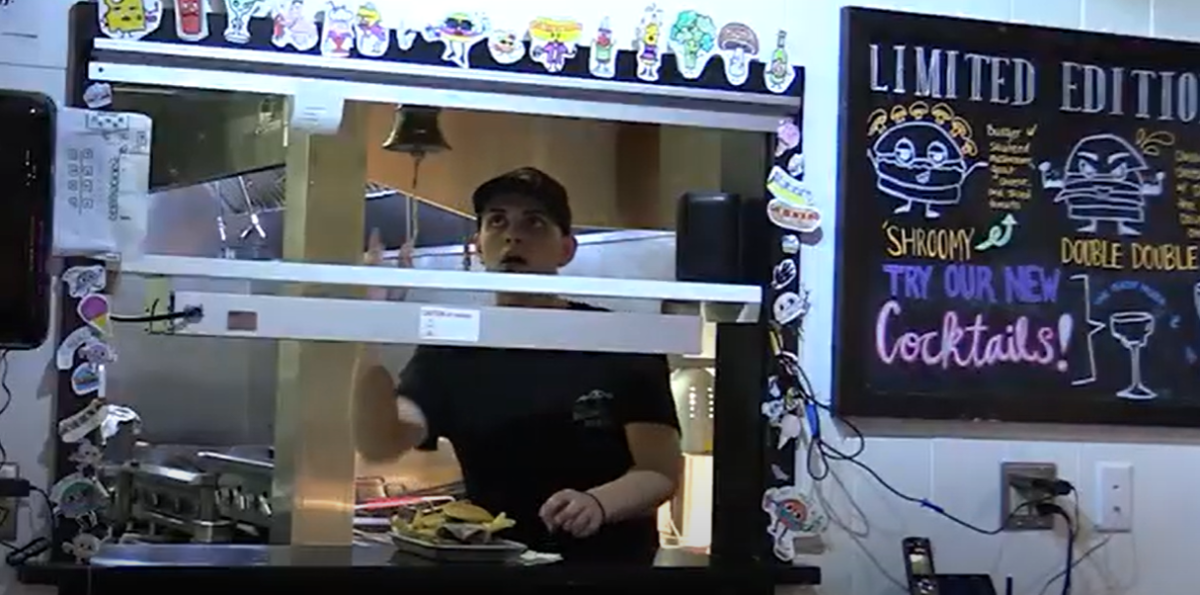
The University of Massachusetts Political Economic Research Institute (PERI) published an online report, titled, “A $15 U.S. Minimum Wage: How the Fast-Food Industry Could Adjust Without Shedding Jobs,” which details how a raise in the national minimum wage could be implemented without causing significantly lower employment or profit in the fast food industry.
Currently, the national minimum wage stands at $7.25 an hour.
Robert Pollin, co-director of PERI and one of the paper’s authors, said the fast food industry was chosen because the impact of a wage increase on that industry would be more intense than any other because of the high number of low-wage workers.
“If you can come up with a path (to increase wages) in the fast food industry through which you don’t see jobs being shed, then it’s the same process, just more easily, for other industries,” he said.
The study found that in order to prevent large unemployment rates as a result of a minimum wage increase, the process would have to occur over a four year period.
“We came up with a plan where in the first year they could raise the minimum wage to $10.50 and then over the next three years the industry would just stay with that minimum wage,” said Jeannette Wicks-Lim, an assistant research professor at PERI and the other principal author of the paper.
“The industry would continue to grow as the economy grows and then in the fourth year they would bring the wage up to $15 an hour,” she said.
Even workers making more than $15 an hour would be affected, according to the study, as a minimum wage increase would create a ripple effect for all workers within the industry. These ripple wage increases were added to PERI’s calculations.
The loss in revenue created by implementing this policy would turn out to be roughly $30 billion, or 14 percent of its sales profits, according to the paper. The paper found three primary ways through which the industry could cover this loss.
One method was prices, which could increase by three percent per year over the four years this plan would be implemented.
“The example I think helps people is if you had a $4.50 Big Mac,” Wicks-Lim said. “By the time you get to the end of four years, you’re looking at a little over $5 for a Big Mac.”
“It won’t feel like a lot over four years,” she added.
Another method that would increase revenue is lower turnover, or the rate by which a company’s employees need to be replaced.
“People will stay on the job longer, the morale will be higher, and that’s real money,” Pollin said. “Businesses lose money when people quit and they have to re-train, and with lower turnover they’re able to reduce (the loss).”
Revenue loss would also be covered by the growth of the economy which “more or less grows along the same lines as the fast food industry,” Pollin said. “So when the economy is growing, some of the increased revenue generated by mere economic growth can be used to cover their increased costs.”
The paper principally used data from the U.S. Department of Labor, as well as studies by Daniel Aaronson of the Chicago Federal Reserve.
Wicks-Lim said the best influences are living wage increases for determining how consumers respond to fast food price increases.
Pollin felt that fast food companies would be “completely unwilling” to initiate these wage increases and that “unless it’s done by government mandate, they won’t do it.” While Pollin said it certainly won’t happen at a federal level as a result of Republican congressional control, he saw positive signs that change was occurring at the state and municipality level.
Wicks-Lim also mentioned Seattle, Washington’s recent passage of a $15 minimum wage and that trends of wage increases across the country would continue to occur within municipalities, even if it is not nationwide.
The paper is currently available at the Political Economic Research Institute’s website.
Stuart Foster can be reached at [email protected].
Correction: The name of a journal to which the paper was submitted has been removed from this article.


















